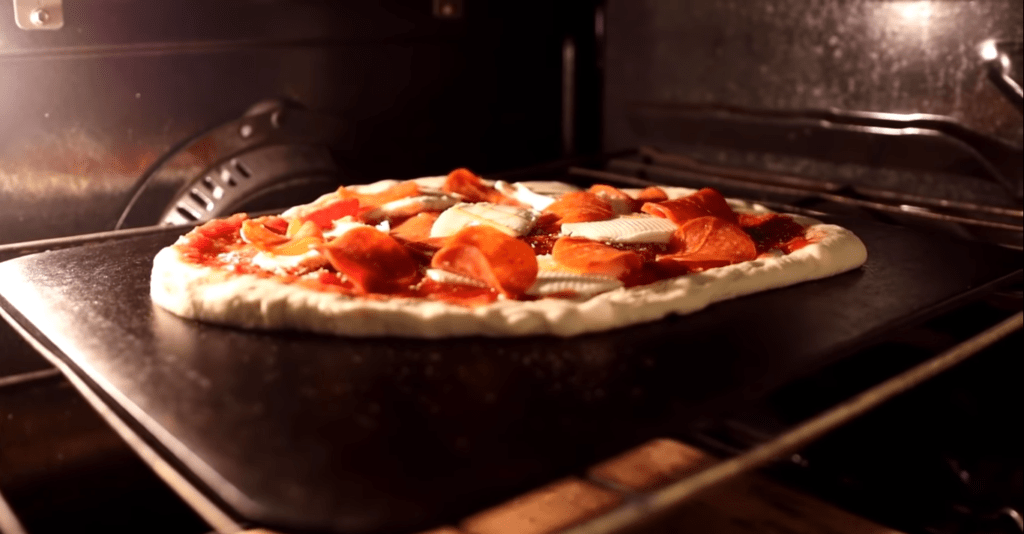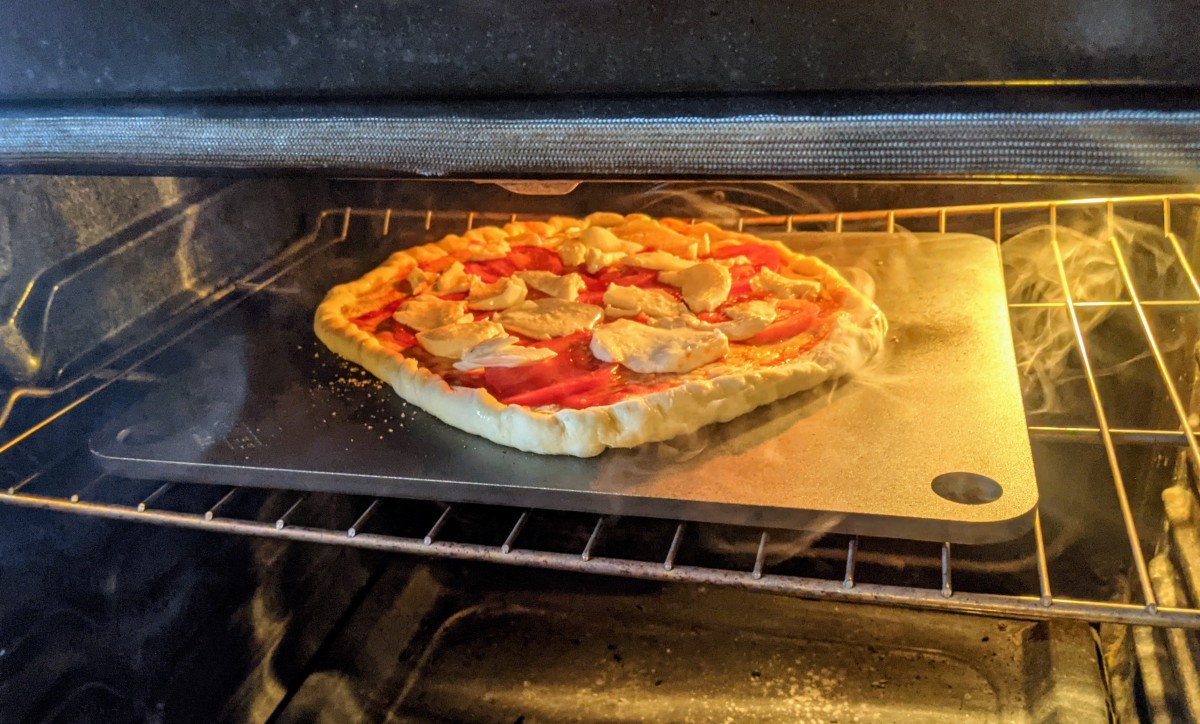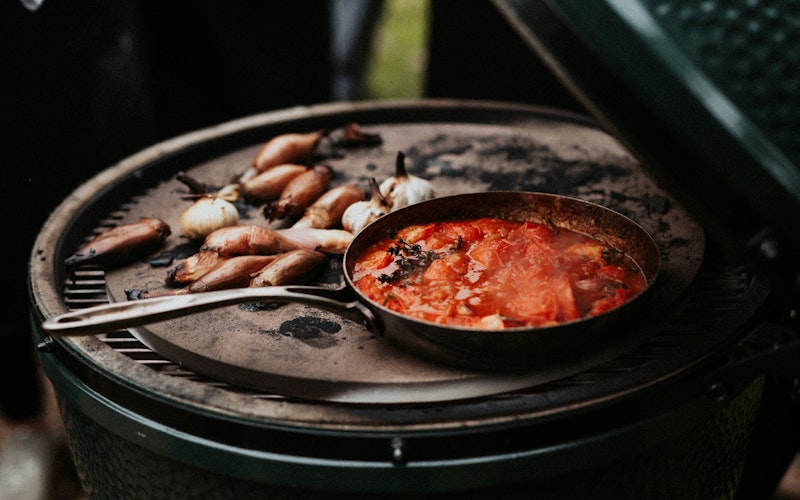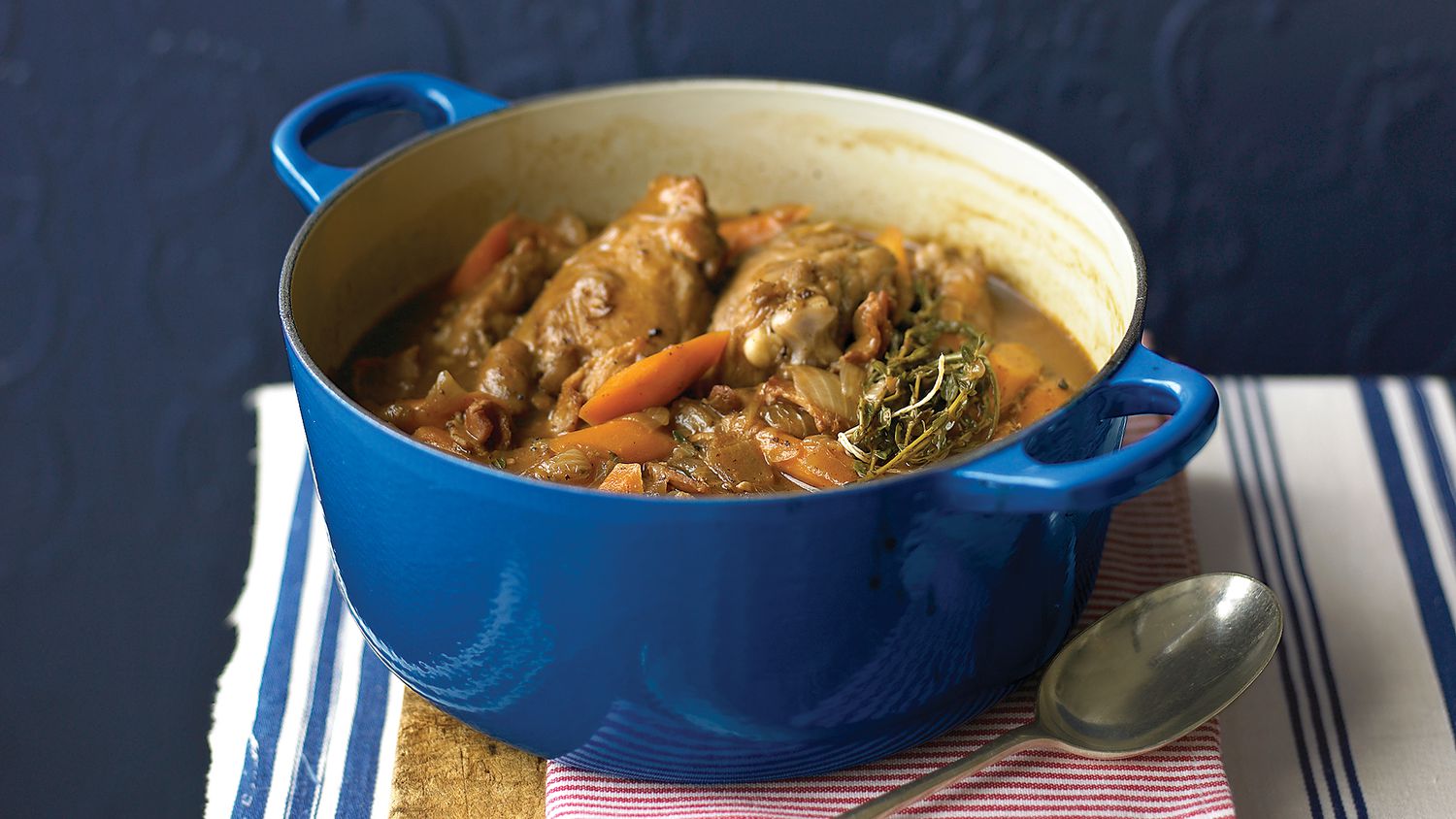For kitchen professionals, a baking stone can be an essential tool, promising consistently excellent pizza crusts, evenly baked bread, and more. However, misuse of this trusty piece of kitchen equipment can lead to disappointing results, or worse, damage to the stone itself.
Before diving into what not to do with a baking stone, it's crucial to first understand its purpose. Baking stones, often called pizza stones, are used primarily for baking items that benefit from a crispy bottom, such as bread or pizzas. This tool mimics the effects of a commercial baking oven by providing an even, dry heat source directly beneath the cook, drawing out moisture from the dough and creating that gorgeous, golden-brown crust.

Preheating is Essential
One of the most critical steps when using a baking stone is preheating it. Unlike a conventional baking tray, a stone needs time to absorb the oven's heat to function correctly. Placing food on a cool stone and expecting excellent results is a common mistake. Do make sure to preheat your stone along with your oven for at least 30 minutes to ensure it is sufficiently hot.
Heat mismanagement is often a culprit for dull baking results. If you're unsure how to maximize your oven's efficacy while using a baking stone, read this oven placement guide.
Avoid Rapid Temperature Changes
Baking stones are sensitive to rapid temperature changes. If you suddenly place a frozen item onto a hot stone, you risk the stone cracking. Similarly, do not transfer your hot stone to a cold surface directly after baking. Allow it to cool gradually before removing it from the oven.
For guidance on maintaining other kitchen tools, see care tips for cast iron skillets.
Don't Use Soap to Clean Your Stone
Because baking stones are porous, cleaning them with soap is a big no-no. The stone can absorb the soap, imparting an unpleasant flavor to anything you bake thereafter. Instead, scrape off any food particles and rinse the stone with hot water. For stubborn residues, a mixture of baking soda and water can help scrub the surface clean.
If youre interested in different methods of cleaning kitchen apparatuses, you may appreciate our article on making sesame oil.
Avoid Oil on Your Baking Stone
Some might feel tempted to oil the stone to prevent sticking, but this can lead to undesirable smoking and imparting a strange taste to your bakes. The high temperatures required for proper use mean oils can burn onto the stone, creating sticky, unappealing surfaces. Furthermore, a well-seasoned stone naturally develops non-stick properties over time.
For those curious about achieving great pizza without a baking stone, consult our detailed pizza-making guide.
For more comprehensive information on selecting quality baking stones, you might want to explore sources such as the spruce eats.
The Importance of Maintenance
Proper maintenance of your baking stone is fundamental. Regularly clearing off debris and ensuring it is dry before storage helps prolong its lifespan. Moreover, avoid using sharp utensils that may scratch and weaken the stone. Regular care and appropriate practices ensure an enduring and efficient baking stone.

FAQ
Q1: Can I leave my baking stone in the oven?
A1: Yes, leaving your stone in the oven when not in use can help it stay seasoned and ready for the next bake. However, this may slightly increase your preheat time due to its heat absorption.
Q2: What should I do if my baking stone cracks?
A2: Minor cracks over time can still allow for use, though they might affect heat distribution. However, extensive cracking often means replacement is necessary.
Q3: Can I prepare non-bread items on my baking stone?
A3: Absolutely! Baking stones work well for roasting vegetables or even baking cookies. Remember to adjust cooking times, as the direct heat may speed up the process.
For kitchen professionals wishing to expand their repertoire, a baking stone is invaluable. However, adhering to the dos and don'ts can spell the difference between culinary success and disappointment. Whether it's consistent preheating, eschewing soap, or avoiding temperature shocks, these best practices are essential for maximizing results from this vital kitchen tool.
This article contains affiliate links. We may earn a commission at no extra cost to you.






Leave a comment
This site is protected by hCaptcha and the hCaptcha Privacy Policy and Terms of Service apply.